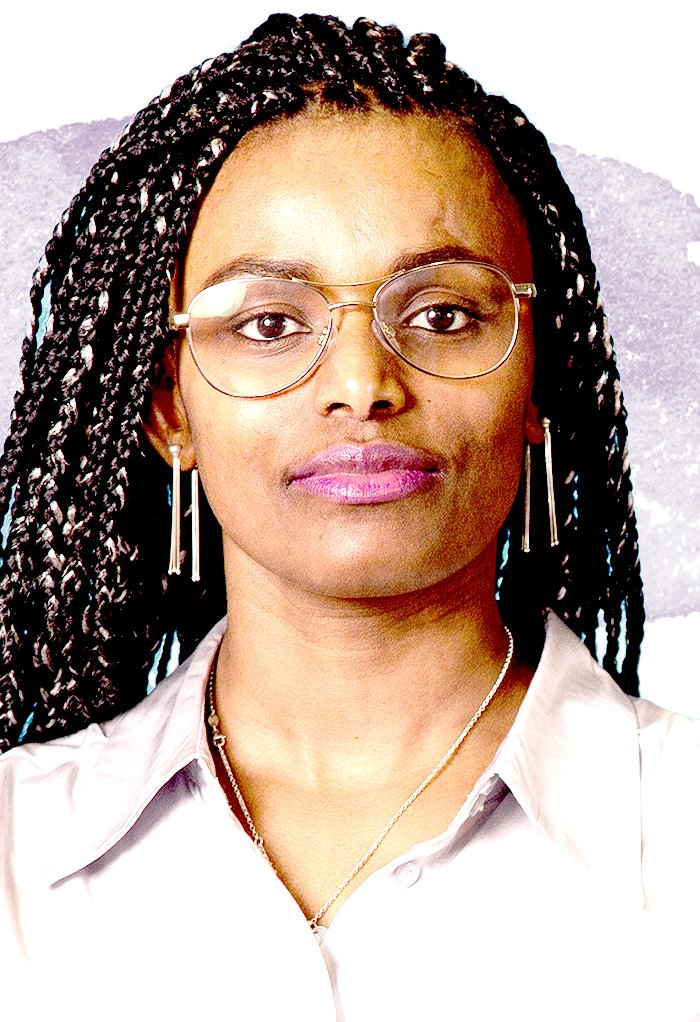When Microsoft CEO Satya Nadella asked Jaime Teevan to become the company’s first-ever chief scientist in 2018, aiming to drive research-backed innovation, he was anticipating a period of disruption. What neither could have known was how a global pandemic would completely alter the way many of us work.
The sudden shift to remote and hybrid work required a rethink of the ways many workers meet, communicate, and collaborate, but also generated a wealth of fresh data that could be used to help inform Microsoft’s approach to using AI in its products. ”It’s really important for the current moment we’re in,” Teevan says. Microsoft has been preparing for this inflection point in AI innovation for many years. As technical adviser to Nadella in 2017 and 2018, Teevan focused on how to make AI research central to the company.
Around a year ago she was tasked with integrating GPT-4, the advanced large language model created by Microsoft-backed OpenAI, into Microsoft’s core products. Teevan’s team threw itself into efforts like Copilot, an AI-based tool that works across the Microsoft 365 suite of software that includes Word, Excel, and Outlook, to do tasks such as summarizing meetings, drafting emails, and analyzing data. The pandemic helped influence their thinking about “how AI can change communication and collaboration and help us work together better and understand information better,” she says.
For all the talk about potential uses of AI in the distant future, Teevan is focused on how it can make our lives easier now. “We’re all inventing something new in the context of AI,” she says. “And doing that well really requires business leaders to lead like scientists.”
Looking ahead—and Teevan also leads Microsoft’s “future of work” initiative—language models will help with gathering knowledge at a much faster pace, she says. “I think we’re going to see a fundamental shift in what knowledge is, how knowledge is captured, and how people produce knowledge—and start getting very intentional about how people produce knowledge,” Teevan says. “What makes a conversation useful? What helps your reflection on the conversation afterward? In a Microsoft context, particularly within an organization, how you do that becomes really exciting.”
- Cybersecurity Experts Are Sounding the Alarm on DOGE
- Meet the 2025 Women of the Year
- The Harsh Truth About Disability Inclusion
- Why Do More Young Adults Have Cancer?
- Colman Domingo Leads With Radical Love
- How to Get Better at Doing Things Alone
- Michelle Zauner Stares Down the Darkness





